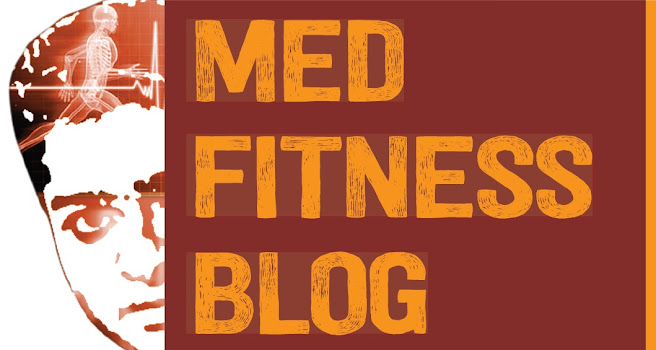In the 1970s, there was an epidemic of arthritis, often
preceded by a strange, expanding red rash, occurring primarily in
children in and around Lyme, CT. The cause of this “Lyme arthritis” was a
mystery until investigators discovered that these children had been
infected with Borrelia burgdorferi, a spiral-shaped bacteria
(spirochete) that had been transmitted to them via a tick bite. They
also found that the disease caused more than just joint aches and a
rash—it could affect many other organ systems including the heart and
nervous system.
From an odd, local curiosity, Lyme disease has spread to become a
worldwide scourge. In the US alone—especially in New England, the
Mid-Atlantic states, Wisconsin, and Minnesota—approximately 30,000 cases
are reported every year, although the actual incidence may be 10 times
greater.
In “I’ve Been Bitten by a Tick! What Do I Do?”
we talked about how to avoid tick bites and what to do if you’re
bitten. Here, we take a deeper dive into the clinical manifestations of
Lyme disease and its diagnosis and treatment.
What are the first stages of Lyme disease?
With rare exceptions, a tick has to be attached to your body for at
least 48 hours to infect you. Anywhere from three days to one month
after the bite of an infected tick, a red rash will appear at the site.
Often, it has a central clearing (so it resembles a bull’s-eye) and
progressively enlarges, appearing to migrate across the skin. It’s
usually painless and sometimes itchy.
The rash is usually accompanied by flu-like symptoms—fever, muscle
and joint aches, headache, and fatigue. This is usually when Lyme
disease is diagnosed and treatment begins. With or without treatment,
the rash—called erythema migrans—will persist for several weeks and then
disappear.
What happens when it progresses?
Without treatment, a few weeks after the bite, it’ll reach the second
stage—disseminated Lyme disease. The infection spreads and many smaller
erythema migrans rashes can appear anywhere on the body. The spirochete
can also start causing other problems. Neurologic issues (most commonly
Bell’s palsy, a partial paralysis of the face) and heart issues
(typically heart block, a disruption in the heart’s electrical system
that regulates heartbeat) are most common. Several weeks to months after
the tick bite, patients may also develop frank arthritis, usually in
one or both knees.
How do you diagnose and treat Lyme disease?
In the early stages your blood won’t yet test positive for Lyme
antibodies, but your provider can usually make a clinical diagnosis.
Several weeks after its onset, blood tests can help make the diagnosis.
Antibiotics are highly effective in all its stages, but more advanced
patients may require intravenous antibiotics and, especially in patients
with neurologic involvement or arthritis, longer courses of therapy.
What if I don’t feel better?
There’s no evidence—and investigators have looked—that
patients who are treated, but continue to complain of symptoms such as
fatigue and muscle aches, have ongoing, inadequately treated Lyme
disease. Many of these patients have a second infection with the Lyme
spirochete, while others may have contracted a second tick-borne illness
such as babesiosis or anaplasmosis. No benefit has been associated with
continuing to treat these patients with oral or intravenous antibiotics
(antibiotics themselves can have significant and sometimes serious side
effects). Fortunately, most patients without an established cause for
their ongoing symptoms simply get better over time.
So, what should I look out for?
The bottom line: Early treatment can prevent dissemination and more
serious consequences. Know the signs and symptoms of the disease as
outlined above, and see your healthcare provider if you think you may
have Lyme disease.


No comments:
Post a Comment